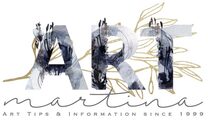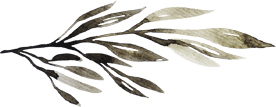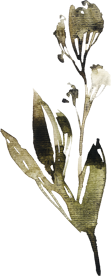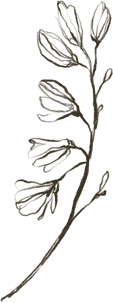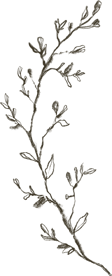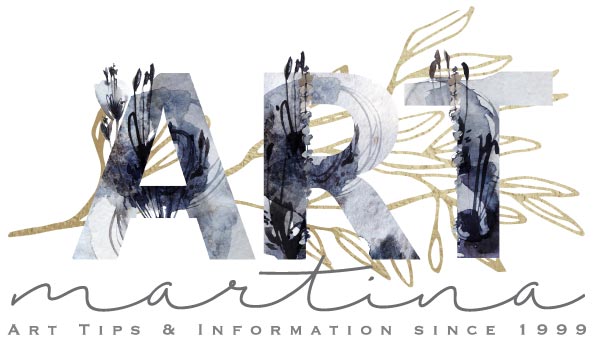Martina's Drawing and Painting Tips
There are hundreds of things an artist is automatically checking while drawing or painting. Learn one hint at a time!
Learning to draw and paint is a life-long journey. Most people don't realise the sheer number of aspects it necessitates to form a good work of art. You need to know how each form reacts similar to light, how tonal values make or break a painting and how to create atmospheric perspective, that is depth into a creative 2 dimensional work and make it stand out as 3 dimensional. And these are just a few of the many varied skills that can be developed in time.
I strongly advise approaching these hints by going through each point to check whether you understand the principle or not. If you find any aspect you are not familiar with, talk to your art teacher if you have one. If you don't have any person to person tuition, check the internet for each point or think about joining a local art teacher, or online classes.
